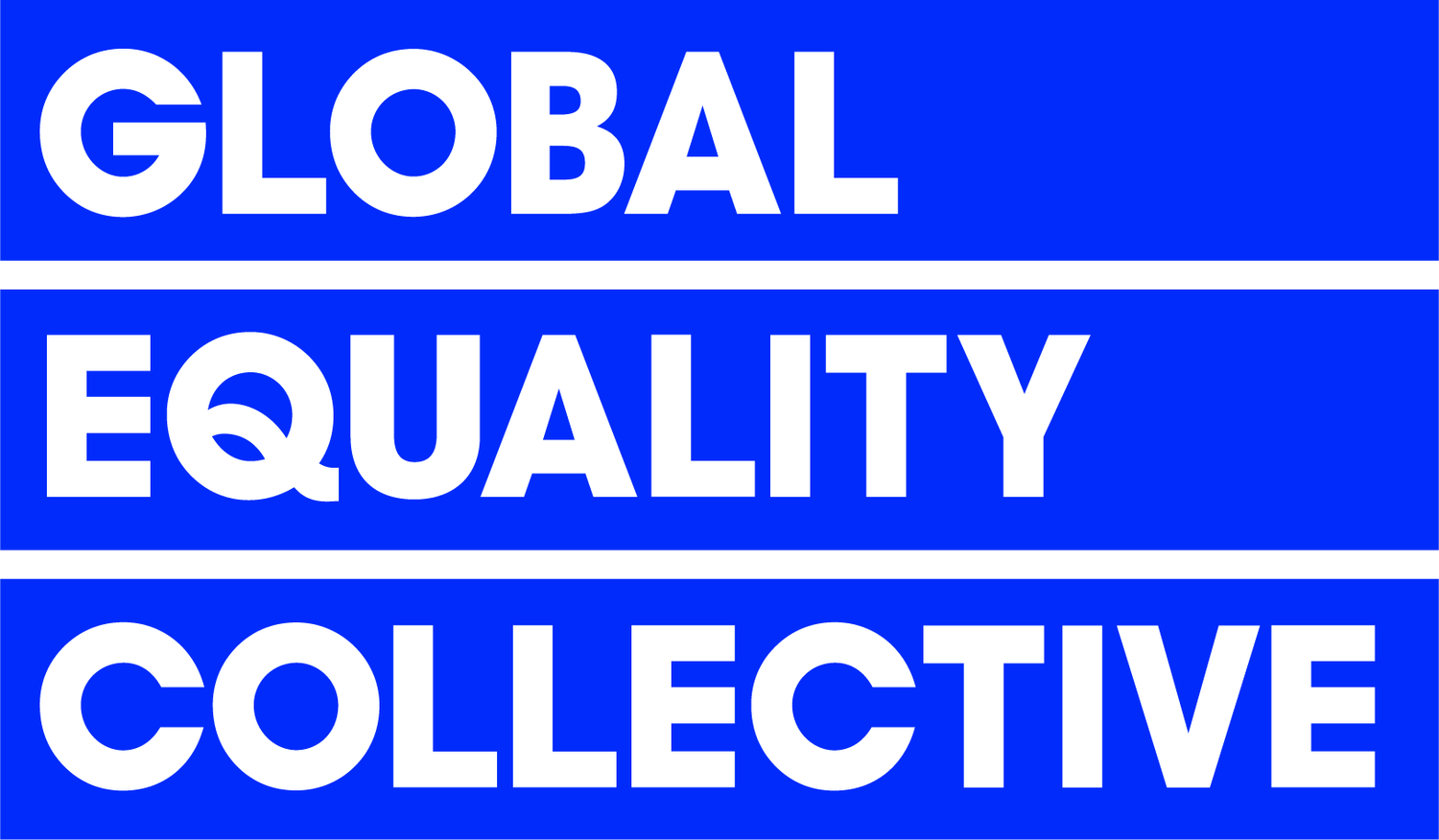Looking Beyond the Surface: A guide to a more inclusive classroom
Words by GEC Shadow Advisory Board member, Olivia Taylor
We often forget that we only see a sliver of each other’s stories. If life was a book, as it’s so often likened to, we do not even really get to see a chapter.
We get a bunch of mismatched sentences from random points throughout the novel.
These don’t always make sense when added together.
So, how do we make sense of each other?
We make meaning out of the little information we do have.
We might use our experiences of the person, or perhaps of our own lives.
We might, as the Global Equality Collection fights so hard to combat, lean on stereotypes so we can make a picture of a few puzzle pieces.
Teachers only see students in a moment of time. At primary school, teachers see their students six hours a day for five days of the week. At secondary school, it gets even worse – a few hours a week at most.
Teachers may feel they know their students. However, teachers know the version of their students that put on a brave face to make it to school.
Teachers may see slips, windows into their students’ real lives. However, busy and exhausted teachers can misunderstand what these lapses in their students’ masks actually mean.
Carter may be a diligent student, but he seems to be falling asleep at his desk during a test. His history teacher gets frustrated because he knows Carter isn’t meeting his fullest potential and takes Carter’s sleepiness as a personal slight. He clearly isn’t interested, right? Was probably up all night playing video games? What Carter’s history teacher wouldn’t know is that he has an undiagnosed specific learning disability (SpLD). This means Carter has to work three times as hard to get the same grades as everyone else. Last night, due to the lack of organisation that SpLDs often bring, Carter stayed up all night desperately trying to cram for the exam. With 10% of people having dyslexia, Carter could represent 3 children in every 30 child class.
Ethan is the class-clown and popular with his peers. His maths teacher likes him, but today he is just continuously chatting at the back of the class. His maths’s teacher gets angry and throws him out of the class for constant low-level distribution. What Ethan’s maths teacher doesn’t know is that he is a young carer and has noticed a worrying deterioration in his dad’s mental health. Ethan couldn’t concentrate on the maths today and was asking his close friend for some advice. With one-in-five children being a young carer, Ethan could represent six children in your class.
Nita is a quiet, friendly girl. Her primary teacher has barely noticed her this year as she kind of fades into the background. Today, Nita started screaming and hit another child. Her teacher is shocked at this behaviour and quickly reprimands Nita. What Nita’s teacher doesn’t know is she is a victim of child sexual abuse and this is a call for help. Her teacher’s reaction means she is even less likely to ever ask for help. Nita represents one to two children in every classroom.
The conclusion of this? We can feel depressed and disheartened by this information. We say we can’t fit all of society’s ills. We can ignore that almost every child in your classroom is likely to have some form of personal struggle or tragedy. We can harden our heart and say “no excuses”.
However, there is another way.
We can approach children’s behaviour with kindness and curiosity.
We can believe that, fundamentally, children want to please and do well.
We can acknowledge that by being adult professionals in a child’s life we have both the ability and the responsibility to positively impact a child’s life.
You might be the person to recognise that a child might have an undiagnosed learning needs; you might be the professional that a child chooses to lean on when their caring responsibilities way a little too heavy; and you may just be the person to spot the signs of serious abuse and save a child from a lifetime of pain.
This is what your students want you to know above everything else – they are trying.
Sometimes, you just need to look just a little beyond the surface.
OLIVIA TAYLOR, GEC SHADOW ADVISORY BOARD
TAKEAWAYS FOR INCLUSIVE CLASSROOMS
Ensure your staff are trained for fixed term inclusion.
The GEC has co-designed its award-winning, world’s first DEI app with school leaders and teachers - so our digital platform makes getting your D&I together EASY. The ‘GEC App’ will help you look beneath the surface, to understand the attitudes and values of your staff, your decision makers and policy makers. From September 2022, you will be now able to filter this by your staff groups, so you can review departments, groups of staff or recruitments in terms of their demographics and their attitudes to DEI - and how inclusive all levels of practice and policy are in your organisation.
We help you get your D&I together. We also go BEYOND the Equality Act (2010) so the protected 9 characteristics are our foundation, but we also review socio-economic status, neurodiversity, menopause, flexible working and more!
Our award-winning tool for education enables you to benchmark your current status with all things DEI, capture staff voice, enable you to roadmap your next steps (with guidance from our 350+ subject matter experts) and then train all of your teams with our ‘Netflix’ style training hub for all staff. With over 230 CPD materials to help train staff in their bias, privileges, attitudes and values, you can be assured that the GEC is your one-stop shop for everything you need.
Learn more or join us today!



